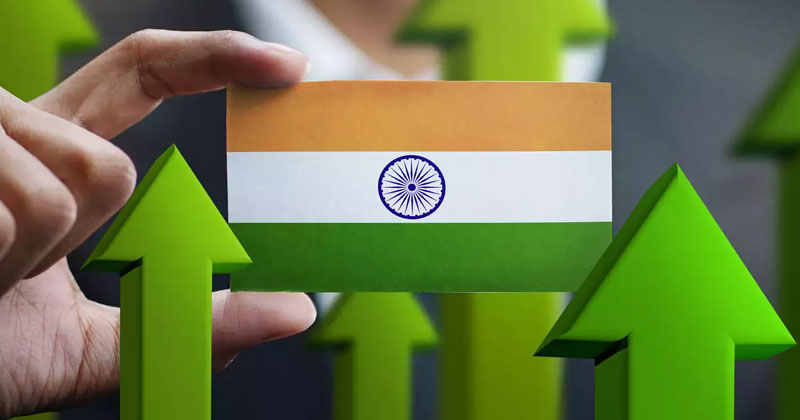The struggle is real!
Ever heard that phrase? Well, you may or may not have. But truth certainly is that had the condition of the Indian economy been akin to that holiday homework given to school students) during the regular summer vacations), wherein one’s asked to make a poster related to a certain theme or point of debate, then at least, some may have come back with the aforementioned headline (this article’s opening line).
Wondering why?
Well, that’s because the struggle is, indeed real. It’s a struggle of some sorts to get back the Indian economy to the pre-Covid era of normalcy, forget the days of the yore.
What do you reckon personally speaking?
The only sad part is that whilst nearly all of us are aware about the current state of the Indian economy, and we don’t need to get into hardcore or specific numbers, the big challenge isn’t whether the economy can recover.
Rather, the key question or point of contention is how long might it take for the Indian economy to experience the old days that were marked with a sense of unbridled optimism and that intrepid sense of hope.
A time where the phrases growth and development weren’t some random powerpoint pointers that today seem larger than life but were ‘normal’ occurrences.
In Michael Jackson lingo, should one have the liberty of doing so, it suffices to say:
(Do you) Remember the time!!
That being said, the experts and close observers are of the view that the struggle of the Indian economy may not end all that soon and as a matter of fact, seems bound to last until the end of the next 5 years!
Now if that’s not at all a diasappointing piece of news, then one ought to ask!
That being said, the following report in the Economic Times happened to exacerbate the hush-hush concerns for it clearly tells it how it is:
Balance sheet stress that had been building before the coronavirus outbreak will probably worsen, Priyanka Kishore, head of economics for South Asia and South-East Asia, wrote in the report. She projects potential growth for India at 4.5% over the next five years, lower than 6.5% before the virus.
“It’s likely that headwinds already hampering growth prior to 2020 — such as stressed corporate balance sheets, elevated non-performing assets of banks, the fallout in non-bank financial companies, and labor market weakness -– will worsen,” she said. “The resulting long-term scars, probably among the worst globally!”
Surely the aforementioned cannot go onto induce any sort of smile to those who feel, “don’t worry, things will be fine, there’s no sense in “stressing” out about a lack of jobs or even a dwindling economic situation.
Meanwhile, all of that said, even this state of economic contraction has done little to dissuade the ever-optimistic iron-willed PM of India, the honourable Shri Narender Modi, whom the Economic Times quoted the following:
The contraction hasn’t deterred PM Narendra Modi from reiterating his target of making India a $5 trillion economy by 2025 from $2.8 trillion.
That told, what happens now in the course of the next half a decade is absolutely crucial and surely, one doesn’t need elaborate education in understanding the fact that things aren’t exactly in the pink of the health for India’s “health” swaasthya!


